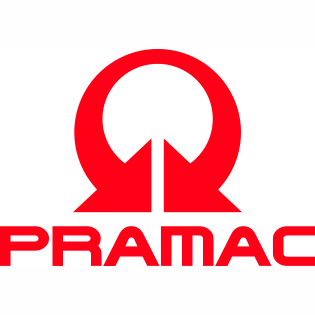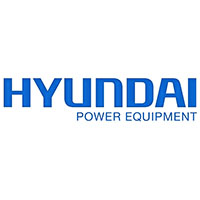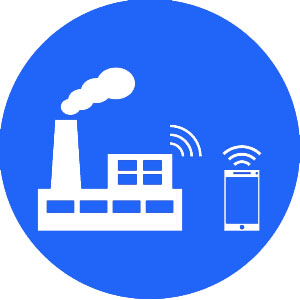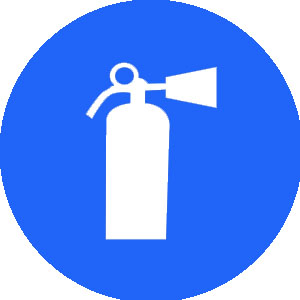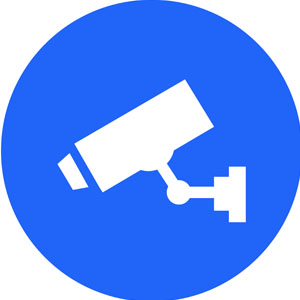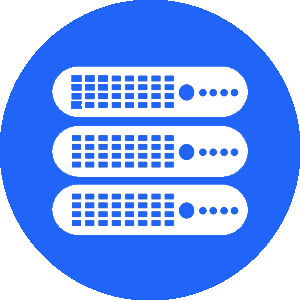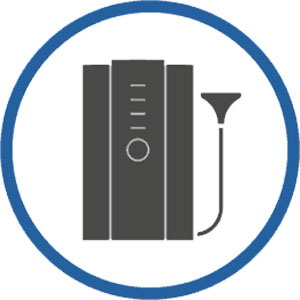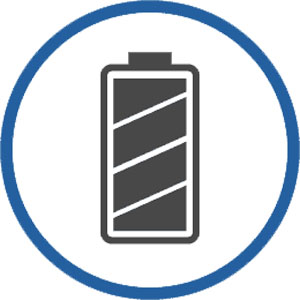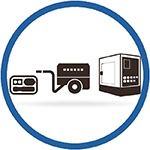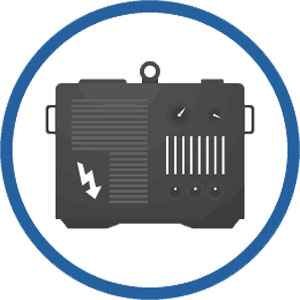Keeping the Emergency Lighting on with Static Inverters
Regular fire drills and strict building regulations ensure that employees are familiar with emergency procedures and that their working environment is safe. Unfortunately, accidents sometimes occur resulting in severe financial losses for UK businesses. Despite a drop of 6% in the number of recorded fires in non-dwelling buildings compared to 2009-10, Government statistics reveal that 24,900 fires were reported last year leading to 19 fatalities and 12,000 injuries. Of these incidents, 65% were found to be accidental. If the mains power does fail, ensuring a reliable and continuous supply of backup power for critical life safety systems, such as emergency lighting, is essential. Responsibility for this will usually fall to a facilities manager.
Emergency lighting
As the name suggests, emergency lighting will be automatically illuminated during an emergency situation such as a mains power failure or fire. Emergency lighting ensures that escape routes are adequately lit so that occupants can vacate a building quickly and safely. There are three basic types of emergency lighting.
- Non-maintained - Emergency lighting only illuminates in the event of a mains failure.
- Maintained - Emergency lighting remains illuminated at all times using the same lamps for both normal and emergency operation.
- Sustained - The emergency lighting is fitted with two lamps. One operates on mains AC supply, the other operates from a battery supply in the event of mains failure. This is essentially a non-maintained system with the addition of mains lamps that should be illuminated whenever a building is occupied.
Static inverters for emergency lighting
Static inverters ensure central power supplies, used to provide a source of independent power for security equipment such as emergency lighting and other essential safety equipment, are maintained in the event of power failures. Not only is the regular testing of emergency lighting systems strictly regulated under BS 5266, so too is the power supply connected to them. Under EN 50171, European legislation provides stringent requirements for systems permanently connected to AC supply voltages and that use batteries as an alternative power source. Emergency lighting is prone to high in rushes and power surges. To cope with this demand, static inverters must be able to operate at continuous overload without affecting the load or their stability. Batteries are required to attain an 80% recharge rate within 12 hours and must provide three hours of run time after being fully discharged every 12 months. In view of this, it's important to select the most suitable range of static inverters that meet standards above and beyond EN 50171 requirements.
Contact UPS Systems to find out about its new range of EN 50171 compliant static inverters.






